Curtiss Aerocar, 1928–1940
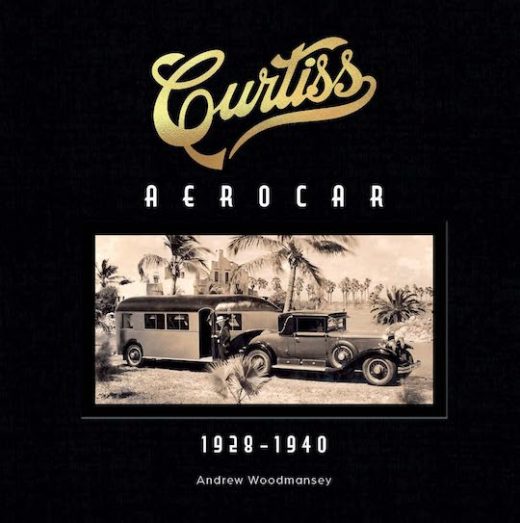 by Andrew Woodmansey
by Andrew Woodmansey
Glenn Curtiss’s list of accomplishments is long and varied; bicycle then motorcycle builder and racer, aviation pioneer in the air but from both land and sea, real estate developer, recreational vehicle pioneer, entrepreneur, and more.
With his first book Andrew Woodmansey related the global history of recreational vehicles. Contained within it was a multi-page section on “Glenn H. Curtiss and The Aerocar.”
With this book, Woodmansey focuses exclusively on that Curtiss invention and creation called Aerocar, this nation’s first-ever fully enclosed fifth-wheel trailer built for leisure. While Curtiss’s first effort on this fifth-wheel trailer dates to around 1919 the main story in this book is 1928, two years prior to his passing, to 1940 for the last known sale of an Aerocar had been in September of that year. Aerocar was the last machine to be invented by Curtiss that went into production. Thus, it benefited from his lifetime of engineering experiences and aerodynamics knowledge.
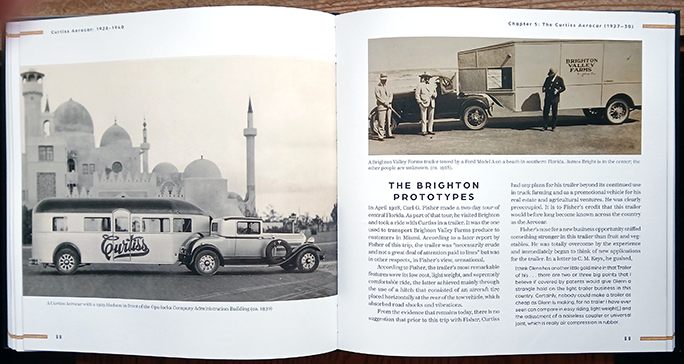
A decade after initial development, Curtiss Aerocars were continually evolving as new uses were found for them. On the right is one called Brighton prototype.
Curtiss deciding to try a fifth-wheel design came about accidentally on purpose. It was common practice back in the late teens/early 1920s to tow an airplane to a place from which it could take off. Airmen quickly discovered that towing was best accomplished by mounting the tailwheel in a device located over the back axle of the tow vehicle. When the airplane was towed backwards, it rode much more smoothly.
Observant and always thinking Curtiss decided to use that technique to tow a trailer he conceived and had built that was equipped and furnished to serve as a personal recreational leisure vehicle for himself and his family. He had a second one built for his nineteen-years younger half-brother so their respective families could accompany them on the outings the brothers enjoyed such as hunting and fishing trips as well as more touristy excursions.
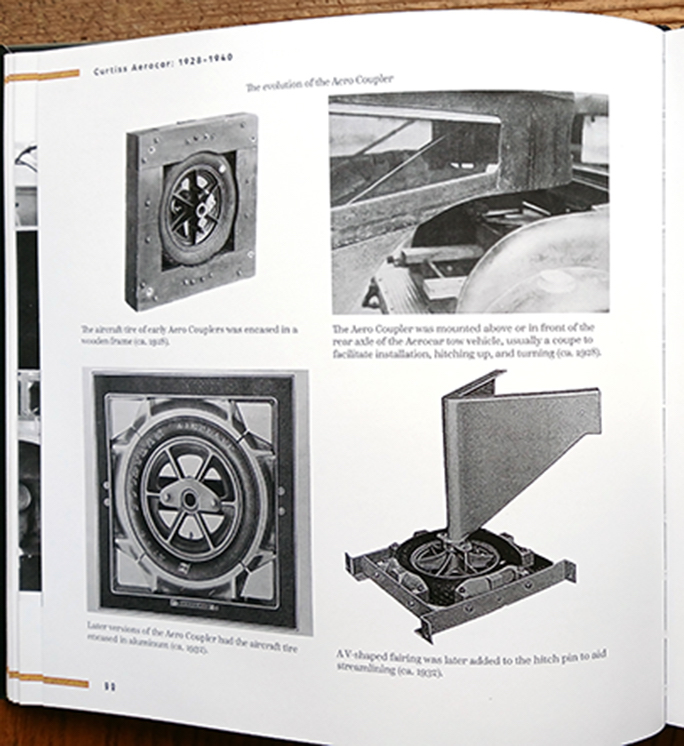
As important as the Aerocar was its coupling to the tow vehicle, also continually evolving and improving. Upper left is the first; an aircraft tire encased in a frame and bolted flat to tow vehicle in front of the rear axle. Bottom left, next came a version with the tire encased in stronger, lighter aluminum. To its right is a V-shaped fairing to aid in streamlining.
As Woodmansey assesses it, Glenn Curtiss was exceptional in so many ways and on multiple levels. But having been warned early on by Richard (Rick) Leisenring who had been curator of the Glenn H. Curtiss Museum in Hammondsport, New York to be cautious as there’s a great deal of “fiction surrounding Curtiss’s life [that] has become fact” but really isn’t factual, led Woodmansey to rely on period newspaper and magazine accounts and other original documents in the holdings of places such as the National Air and Space Museum’s Archives, the HistoryMiami Museum, as well as those in the aforementioned Curtiss Museum in order to cross-check and verify.
With the Aerocar, Woodmansey observes that, “The discipline and attention to detail of the aircraft builder were transferred from the skies to the road. Lightweight and vibration absorbing construction methods used in the Aerocar sent a message to automobile and truck manufacturers that they needed to lift their game.” Personally Curtiss was “a team player who inspired, educated, and supported those around him. . . . He was a great delegator and happy to give credit to others . . . [as he was] surrounded by some of the best engineers, mechanics, salesmen, and financiers in the business.”
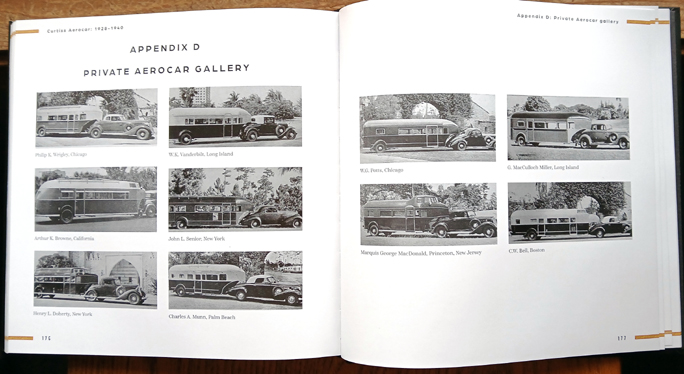
Two of the six appendices are photo galleries, one of private Aerocars, the other of business Aerocars. Shown here is a page pair from the private gallery.
No one knows for certain how many Aerocars were constructed, much less sold. “An educated guess . . . would be about a thousand . . . in a mind boggling number of models, . . . at least thirty-seven.” And no one knows for certain how many are extant but in Appendices C, D, and E Woodmansey presents specifications, prices, and photos of Aerocars built for business and private use.
The entire book is both nicely produced and reasonably priced. Woodmansey had decided early on that he wanted to tell the story, the history surrounding Aerocar and not clutter it up reciting production numbers, sales figures, and the like. Rather that information finds its place for easy reference in the appendices. A carefully created index is provided as well. As with the Curtiss Motorcycles, 1902–1912 title (same publisher), this Curtiss Aerocar, 1928–1940 may be the only book to ever focus solely on its subject and its inventor, Glenn Hammond Curtiss.
Copyright 2024 Helen V Hutchings (speedreaders.info)


 RSS Feed - Comments
RSS Feed - Comments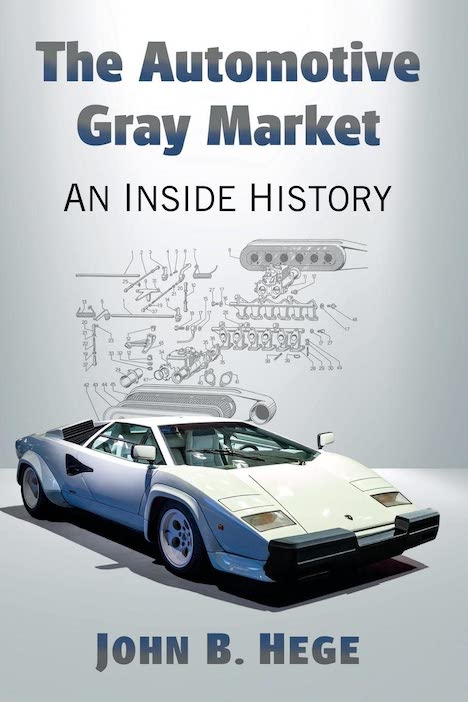

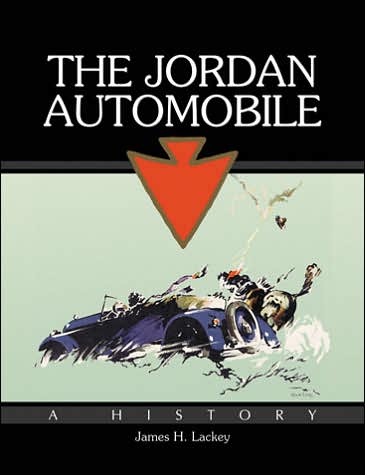

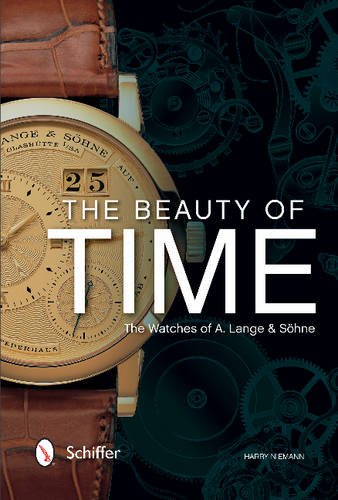
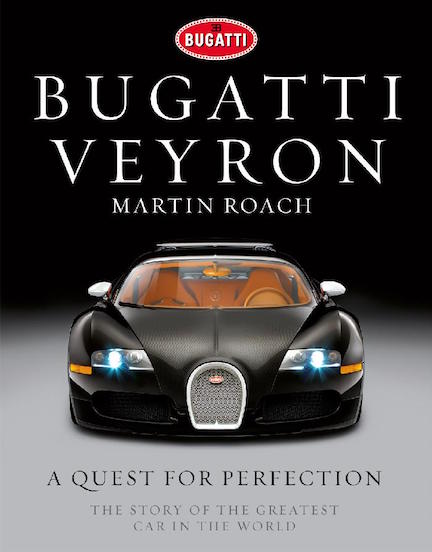
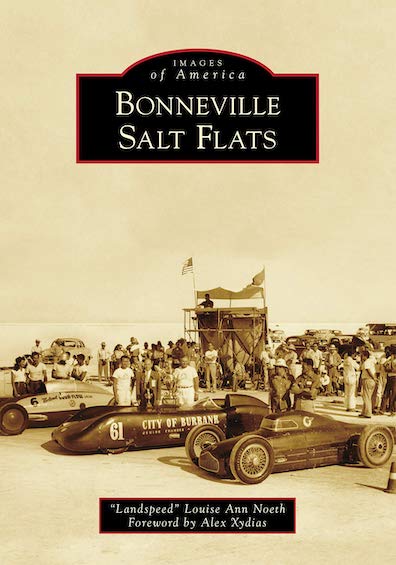

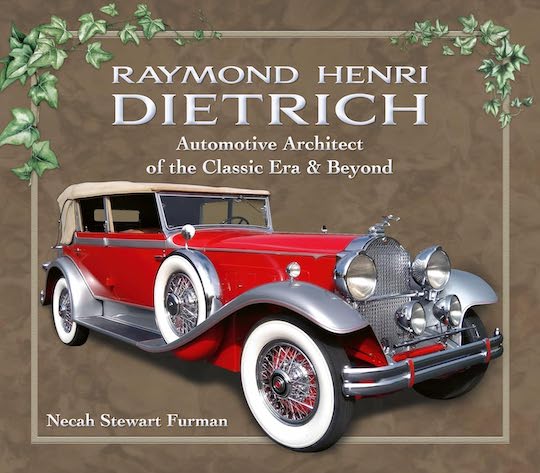
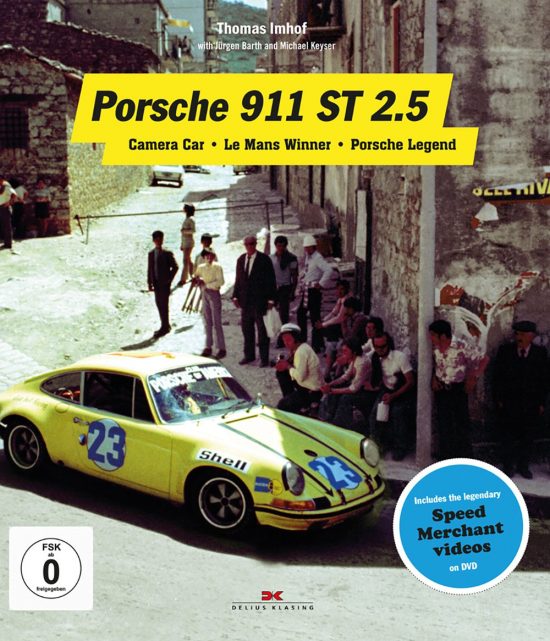

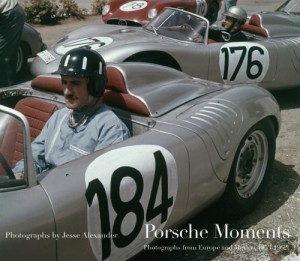
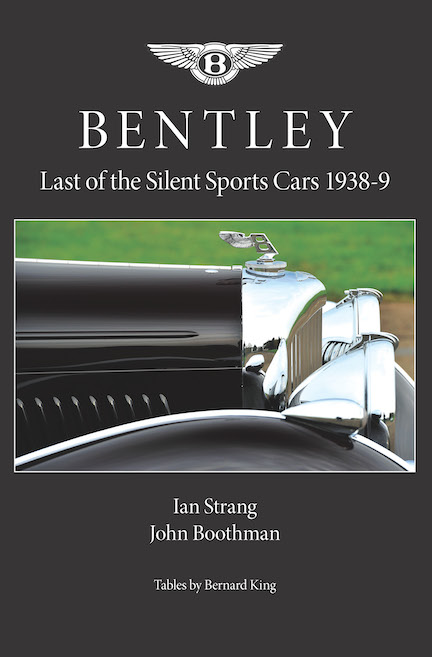
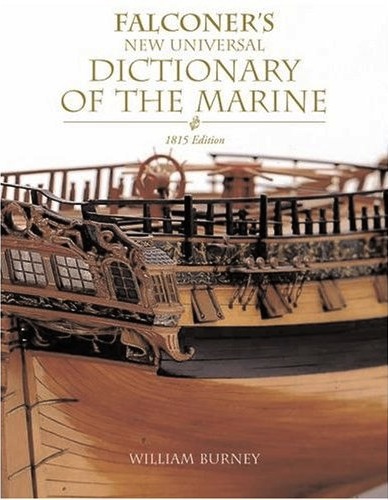
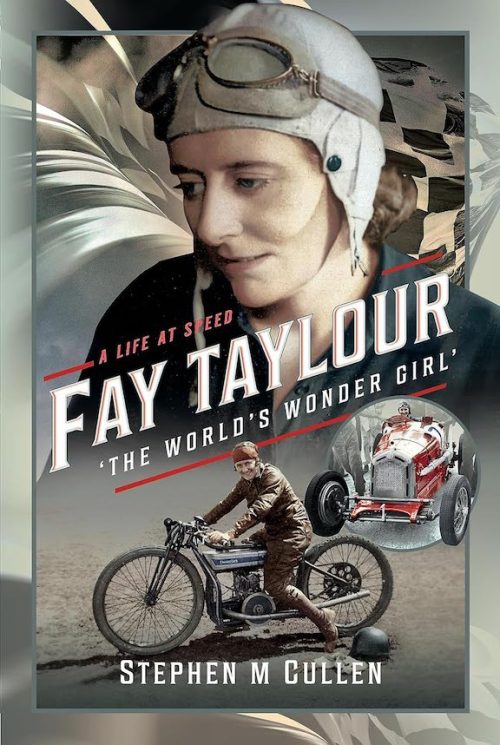

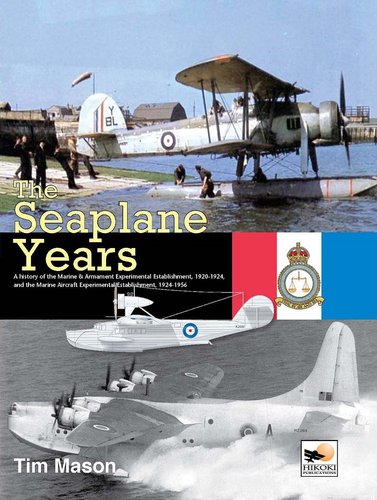
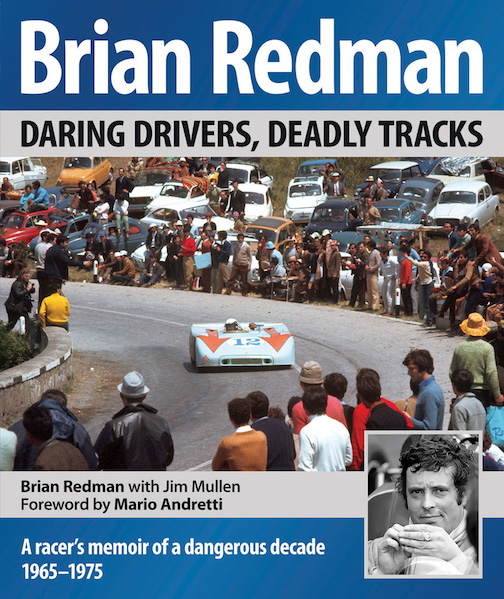

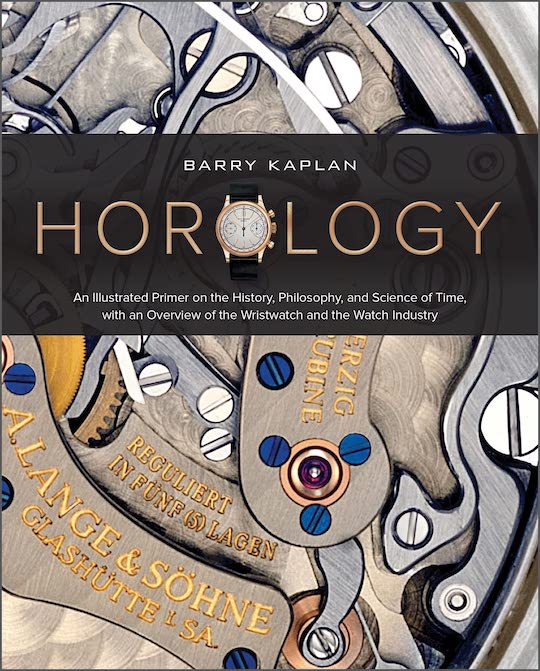

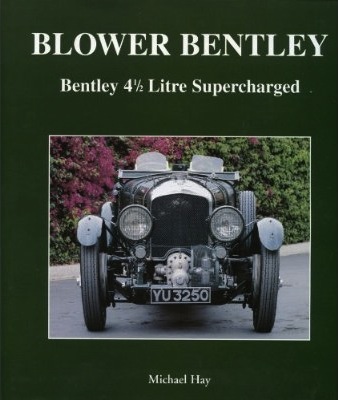
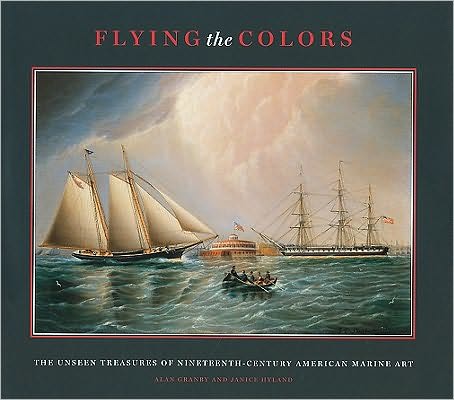

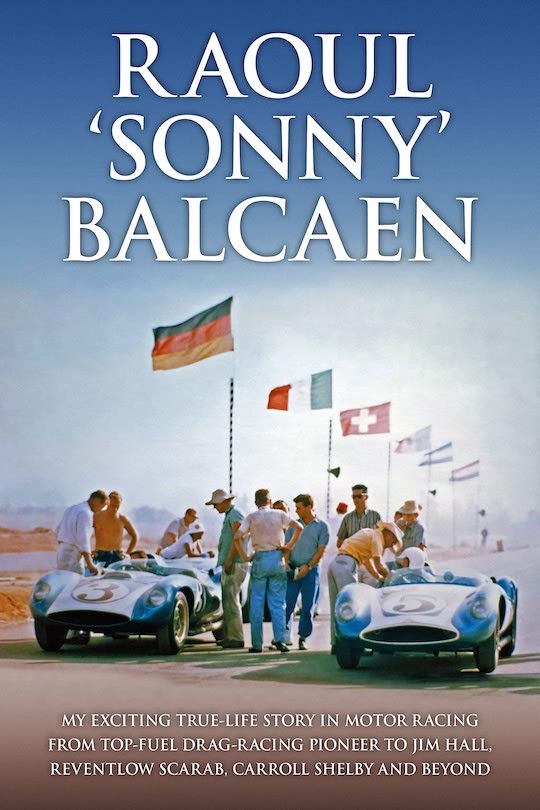
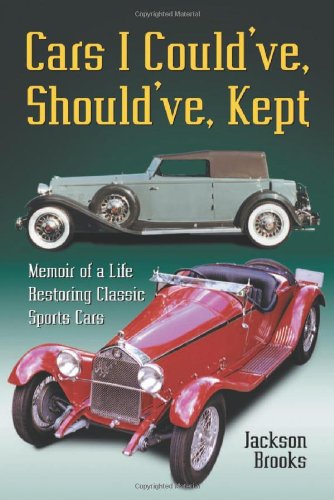
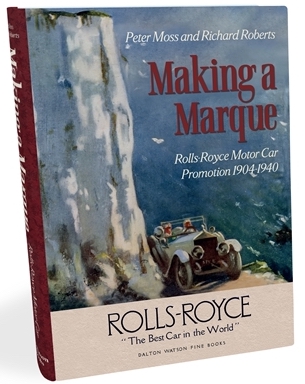
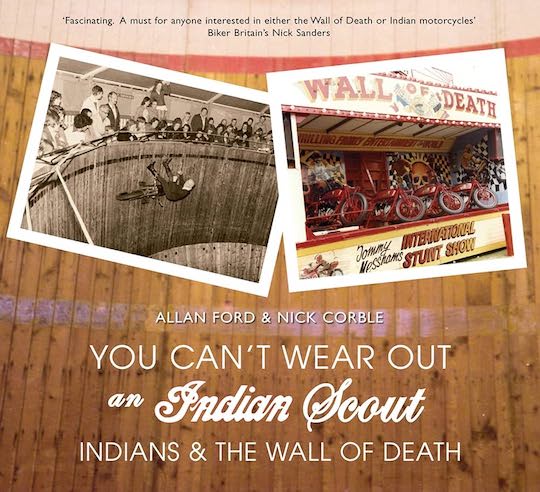
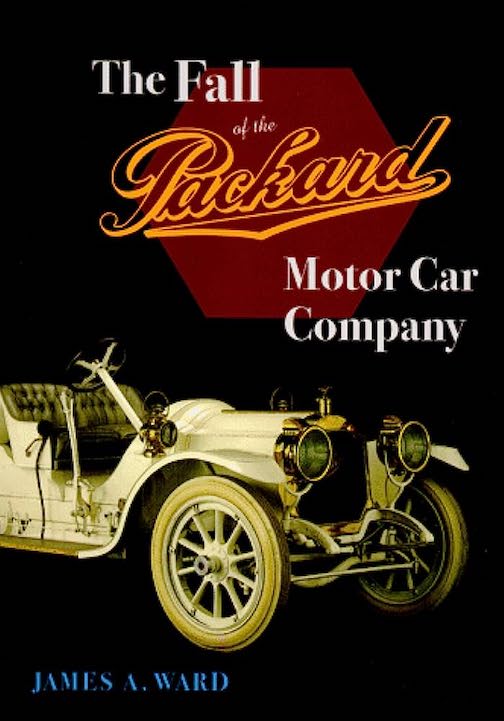

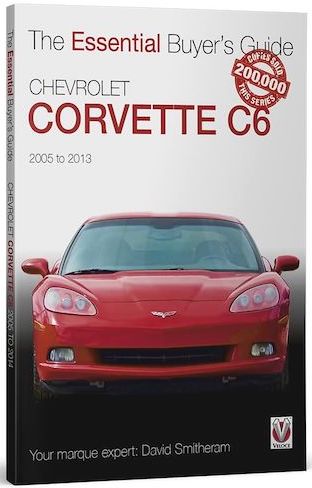

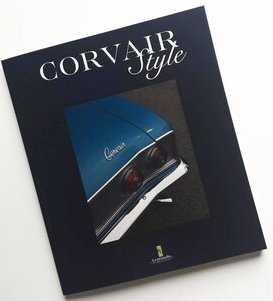
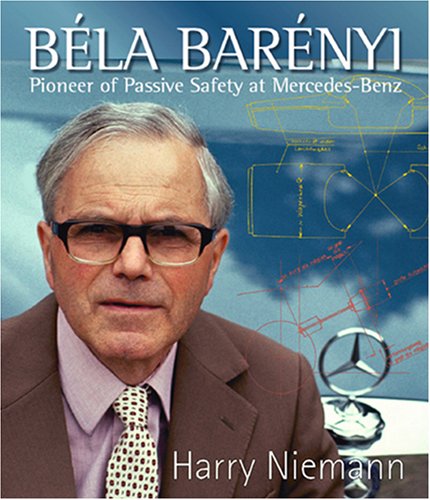

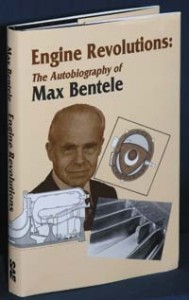
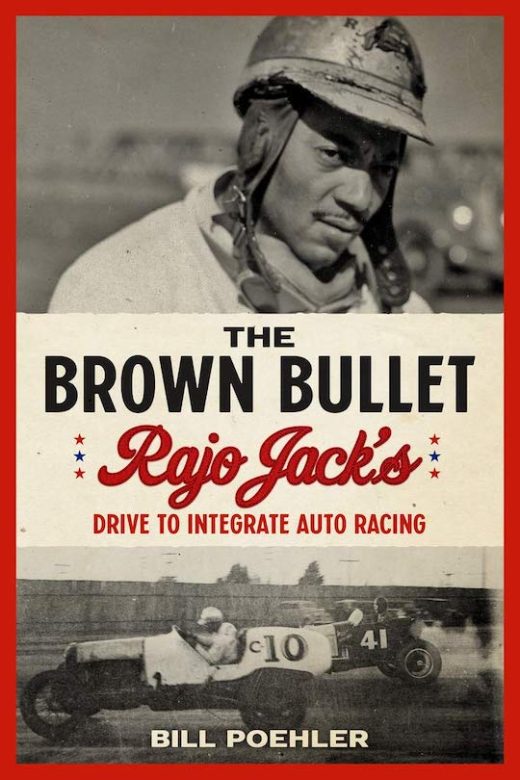
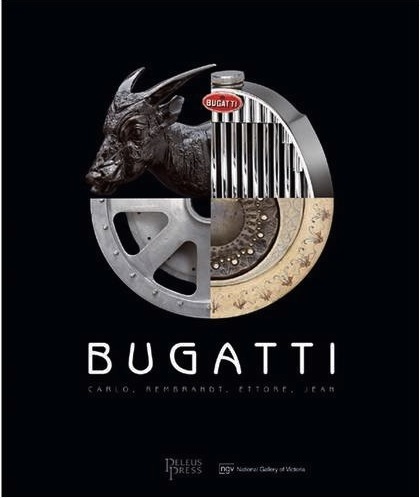

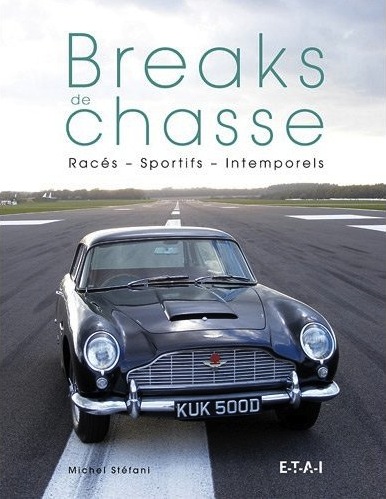
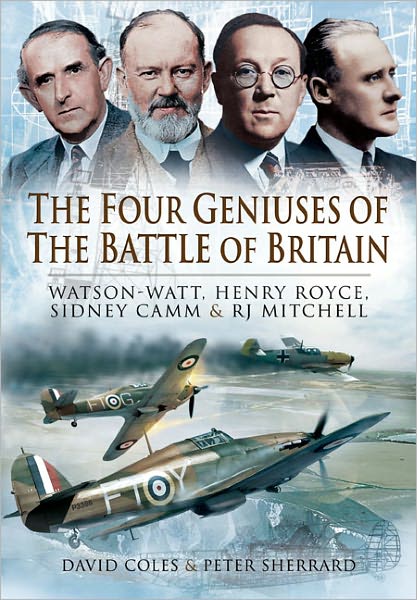
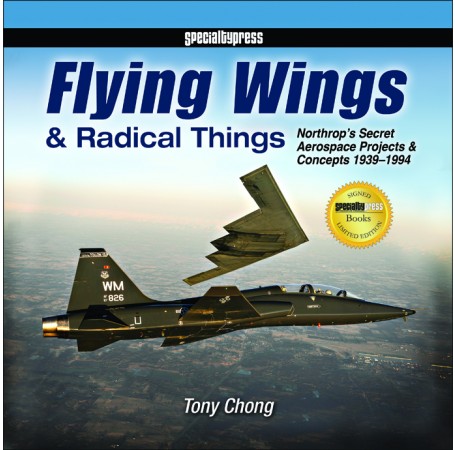

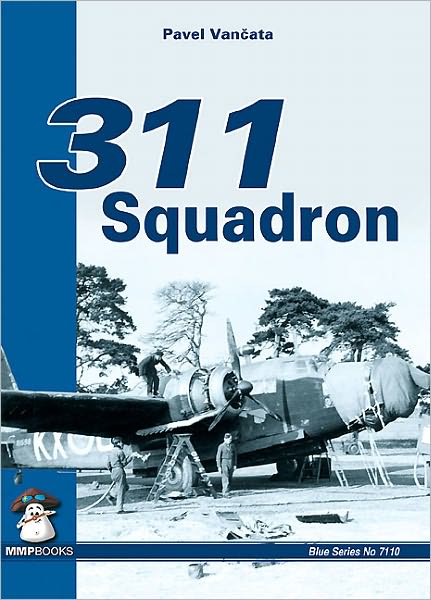
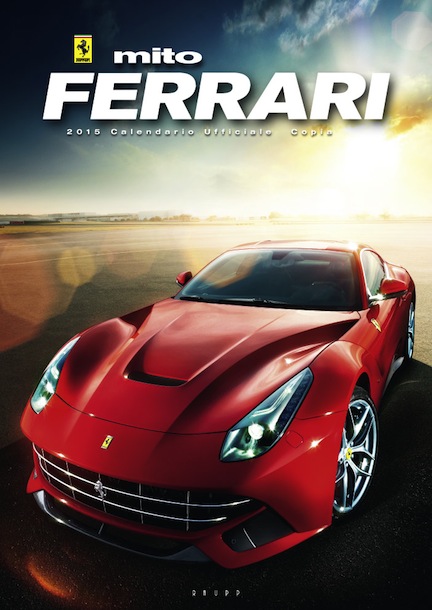
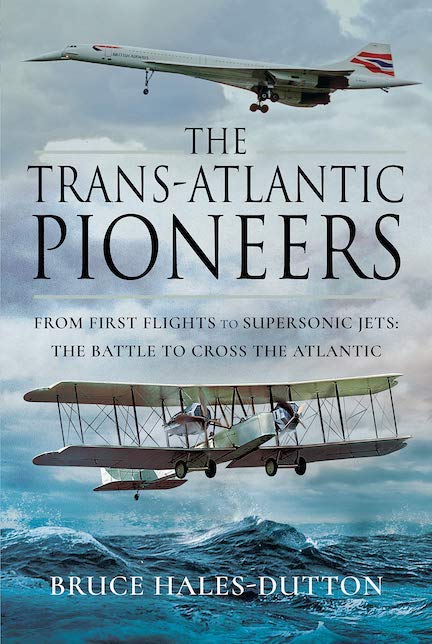

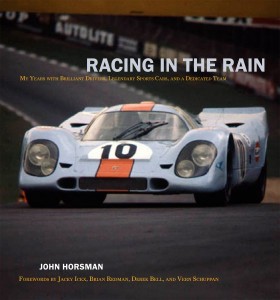

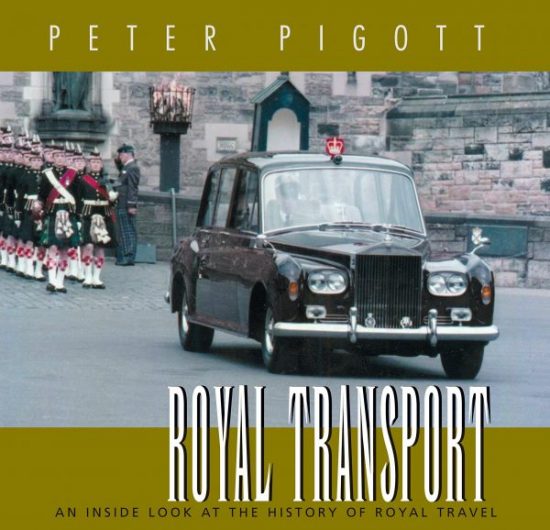

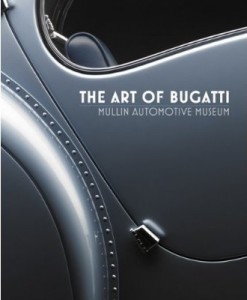


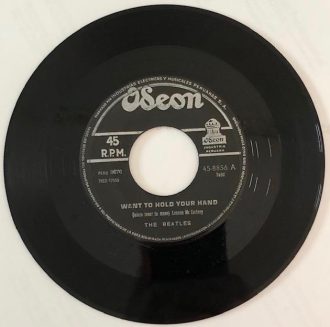
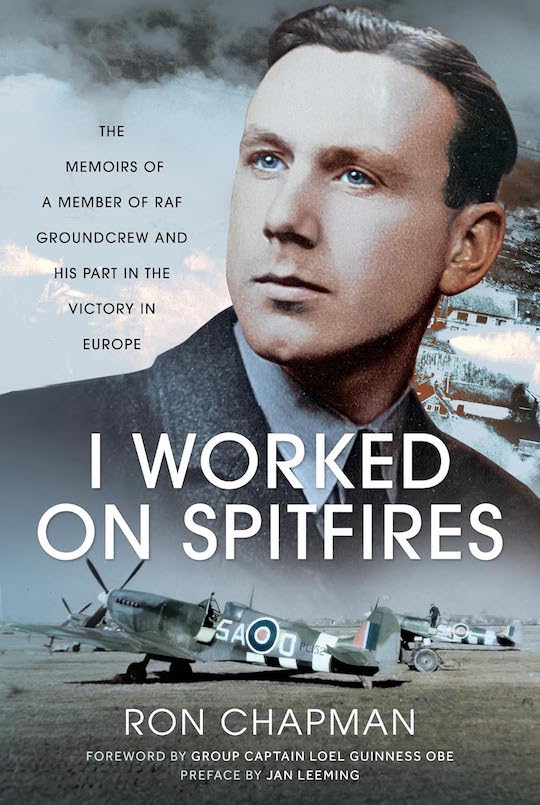
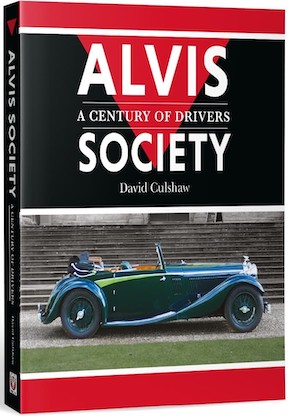

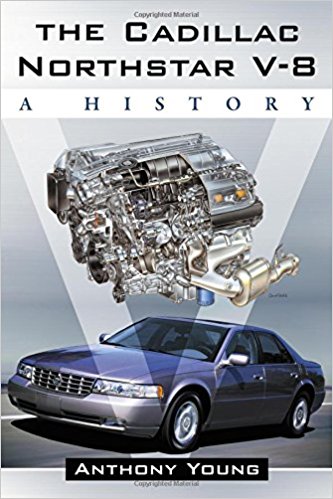
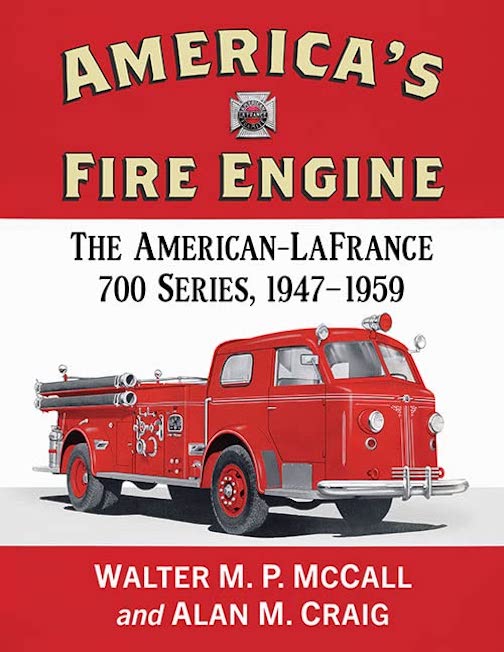
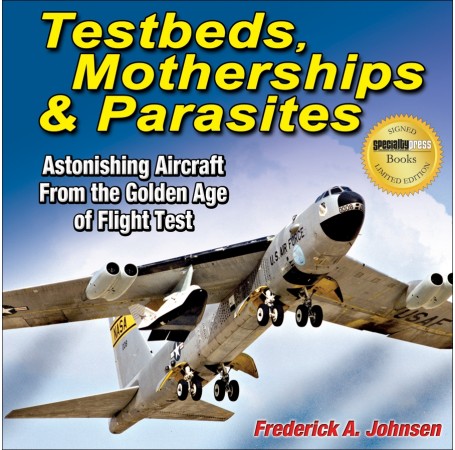



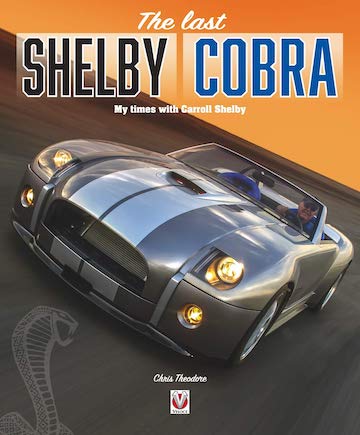
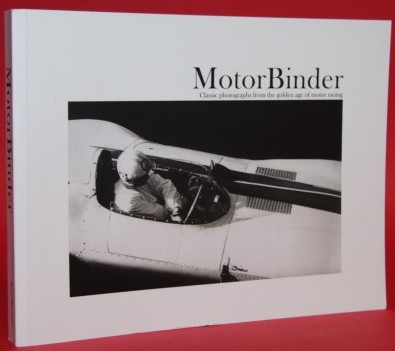

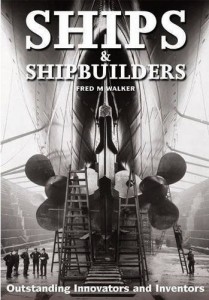
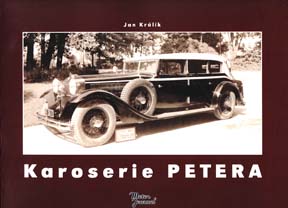


 Phone / Mail / Email
Phone / Mail / Email RSS Feed
RSS Feed Facebook
Facebook Twitter
Twitter